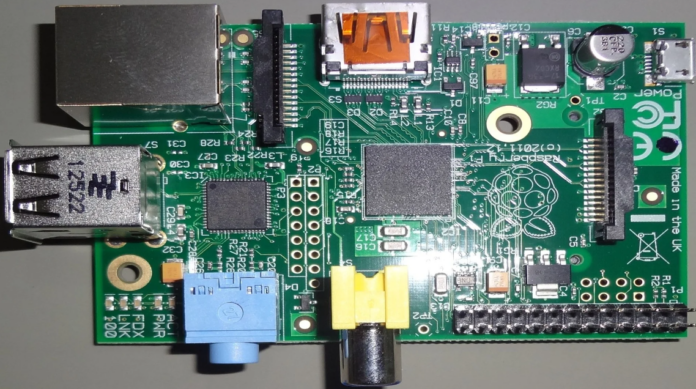Embedded development boards are a great way to get started with embedded electronics. They are small, inexpensive, and easy to work with. They’re also incredibly powerful, and can be used for everything from prototyping a new product to building a custom controller for your home embedded computer automation system.
There are hundreds of different boards available, with different features and capabilities. Some of the best ones available today are:
The Raspberry Pi 3 B+
The Raspberry Pi Foundation of the United Kingdom created this credit card-sized single-board computer with the goal of expanding access to introductory computer science education. It’s a low-cost and powerful device that you can use to learn programming through fun projects. The Raspberry Pi 3 B+ has four USB ports, HDMI port, audio jack, Bluetooth connectivity and Wi-Fi built-in. It weighs just 65 grams and comes with Linux preinstalled.
BeagleBone Black
The BeagleBone Black is an open source hardware singleboard computer that includes on-board Linux with device tree. It’s similar to the Raspberry Pi but more powerful, flexible and easier to use. You can connect multiple BBB’s together using USB cables or even create your own cluster! The possibilities are endless with this little guy!
PandaBoard
The PandaBoard is based on TI OMAP 4 SoC (System on Chip) which features dual core Cortex A9 ARMv7 architecture CPU with speeds up to 1GHz per core, Vivante GC2000 GPU, 1GB DDR2 RAM and 4GB eMMC Flash onboard storage memory. It supports 1080p video decoding for H.264/MPEG4 codecs up to 60fps with HDMI output.
Qualcomm Snapdragon
Qualcomm Snapdragon is a series of ARM-based system on a chip (SoC) developed by Qualcomm for mobile devices. The series includes integrated graphics processing units and modems. The SoCs are used in smartphones, tablets, phablets, portable media players, digital cameras, and television sets. The platform was originally used for the Palm Pre and HTC Dream/T-Mobile G1 smartphone.
The Intel Galileo Gen 2
The Intel Galileo Gen 2 is a development board that runs on the Intel Quark SoC X1000 (formerly called “SOM” or System On Module). Based on the Intel Quark MCU architecture, the Galileo Gen 2 is designed to support an array of Internet-connected applications such as cloud computing and machine-to-machine communications while reducing development costs through its open-source software and hardware design.
CubieBoard6
The CubieBoard6 is an ARM Cortex A9-based development board that supports Android 4.4 KitKat, Ubuntu 14.04 LTS, Debian 7 or Windows 8 (no Windows 10 yet). You can plug in up to four SATA II hard drives or SSDs using its SATA port while still having room for two microSD cards and 2 USB 3 ports on the front panel so you can connect external storage devices or hard drives.
Conclusion
As an embedded device is getting more and more complex and the big systems are getting harder to manage, the status of Embedded Systems is going to stay important. In next years there will probably be a huge increase of IoT enabled devices that will be connected to the internet by using ESP modules. The first way of this connection will be wireless, but in some cases you can expect them to have Ethernet or even USB interfaces for better management. So, developing an embedded system is a challenging process, not just in the field of embedded microcontrollers or real-time systems.







